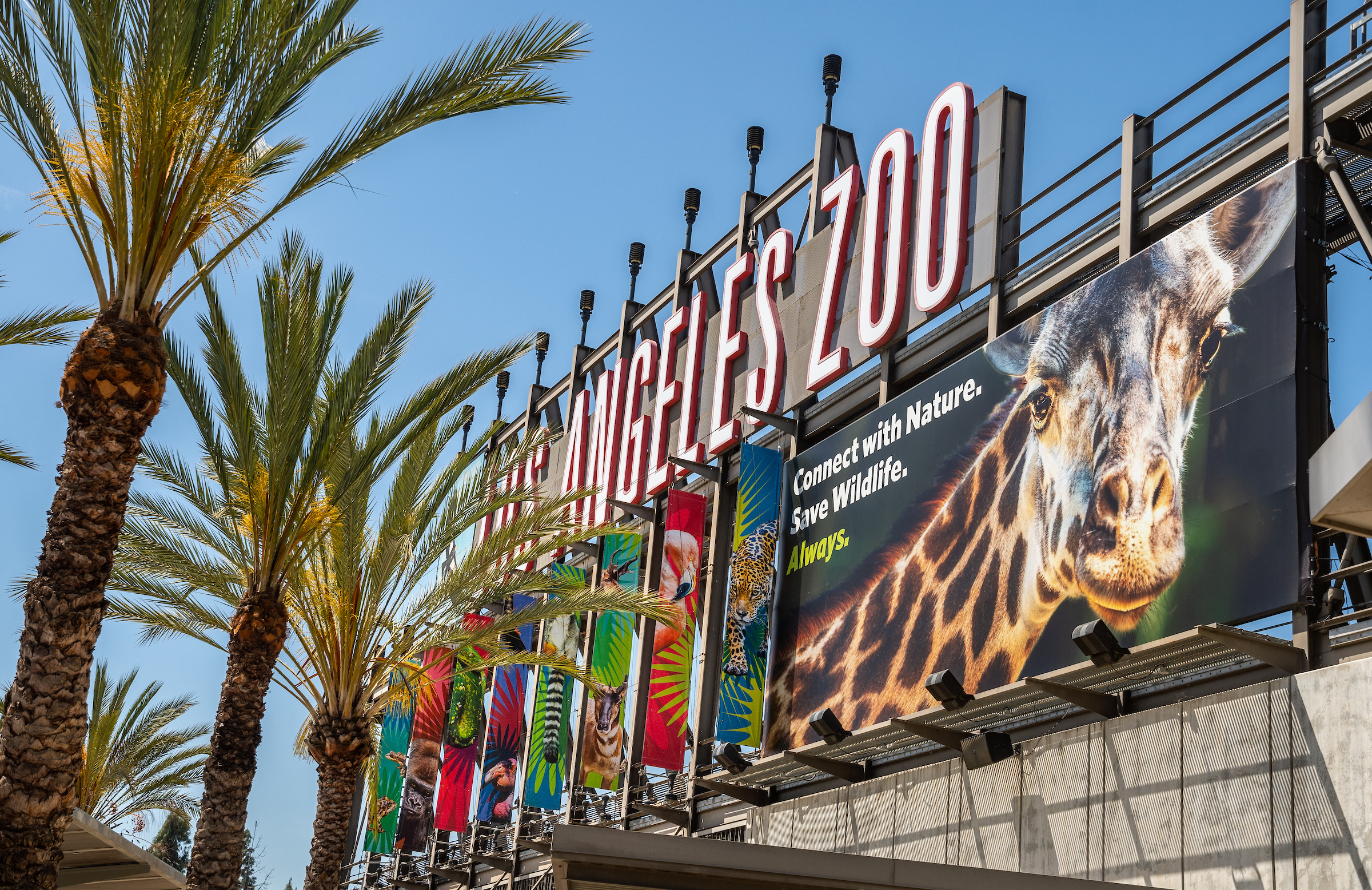
Bird watching, or birding, is a wonderful way to connect with nature, even if you feel like nature is far away. Scientists estimate there are roughly 5,500 mammal species on Earth. Estimates for bird species range from 11,000 to 20,000. So, even conservatively, there are about twice as many bird as mammal species sharing this planet with us! Because so many birds share our world, you don’t have to go very far to find some. If you offer birds incentives to make themselves at home, you can even go birding without leaving your home!
Water
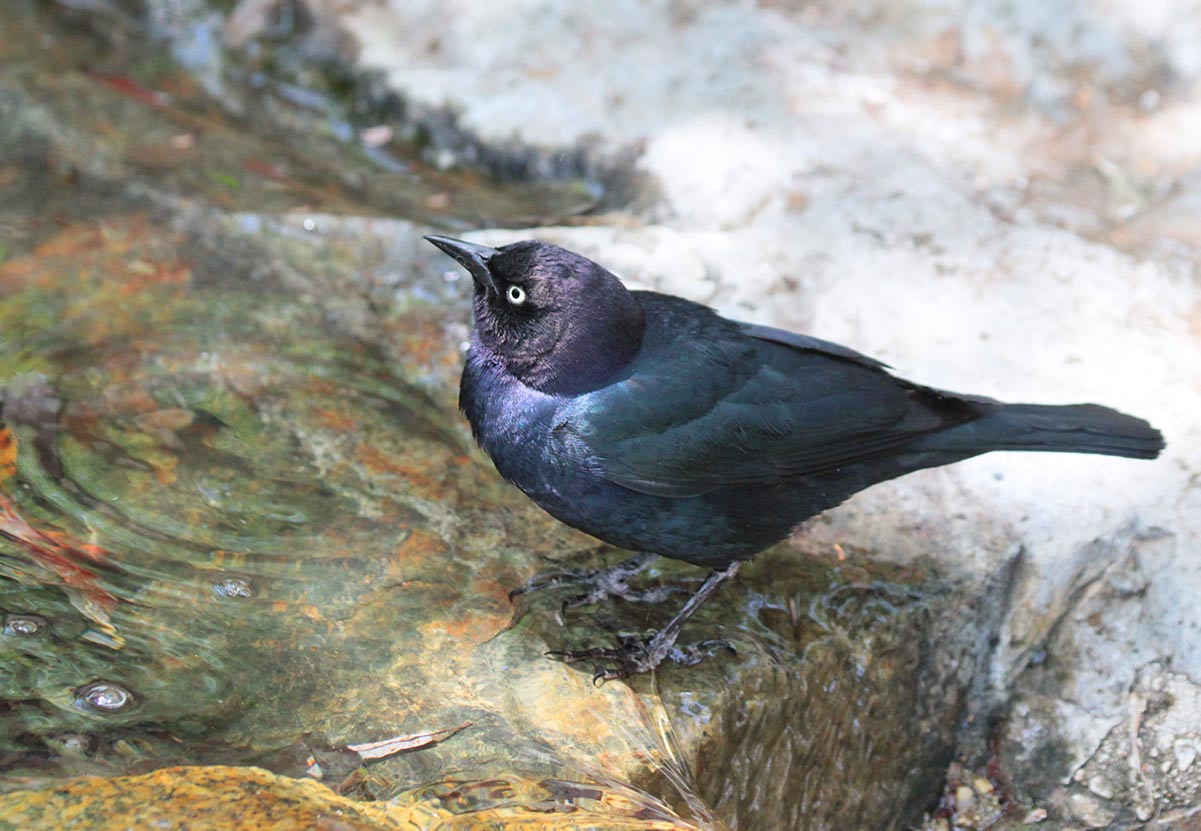
Different types of food appeal to different bird species and this can vary seasonally, but all birds need water for drinking and bathing, so offering a bird bath can be more of a draw than feeders. You can make a simple bird bath with a shallow saucer—the type used to put under potted plants is perfect, but you could also use a shallow pan or a pie plate. It needs to be big enough for birds to comfortably splash around and placing some stones or a brick in it gives them somewhere to perch while they bathe. As the weather warms up, you’ll need to change the water at least every four days. In recent years, non-native mosquitos (genus Aedes) introduced from Asia, Australia, and Africa have been spreading throughout Southern California. Even a tiny amount of standing water is all they need to breed, and they mature from egg to adult in five to seven days. So, if you offer birds water, be sure to change it often. Alternatively, adding a solar-powered fountain can help deter the insects from laying eggs by keeping the water moving. Solar fountains can be added to any pool of water, are inexpensive (many are under $15), and can be purchased from a variety of online sources.
Food

Bird feeders do attract birds, though there are a few issues with them to keep in mind. Some blends of bird seed include invasive weeds, and some evidence suggests that when people offer migratory bird species year-round food sources, it can have a negative effect on their normal migration patterns. In addition, communal feeders can sometimes provide conditions for pathogens to spread. This year, an outbreak of salmonella among wild birds was linked to groups of birds congregating at feeders. So, if you offer food, be sure to clean your feeders regularly and thoroughly. If you choose to offer a hummingbird feeder, you must be careful to clean it once a week or more because fungi and bacteria from dirty feeders can make birds sick. Another option is to grow plants that provide birds with food—and more!
Some plants that are easy to grow in Southern California are guaranteed to attract hummingbirds:
* California native plants or genera with many species native to California.
Aloe (genus Aloe)
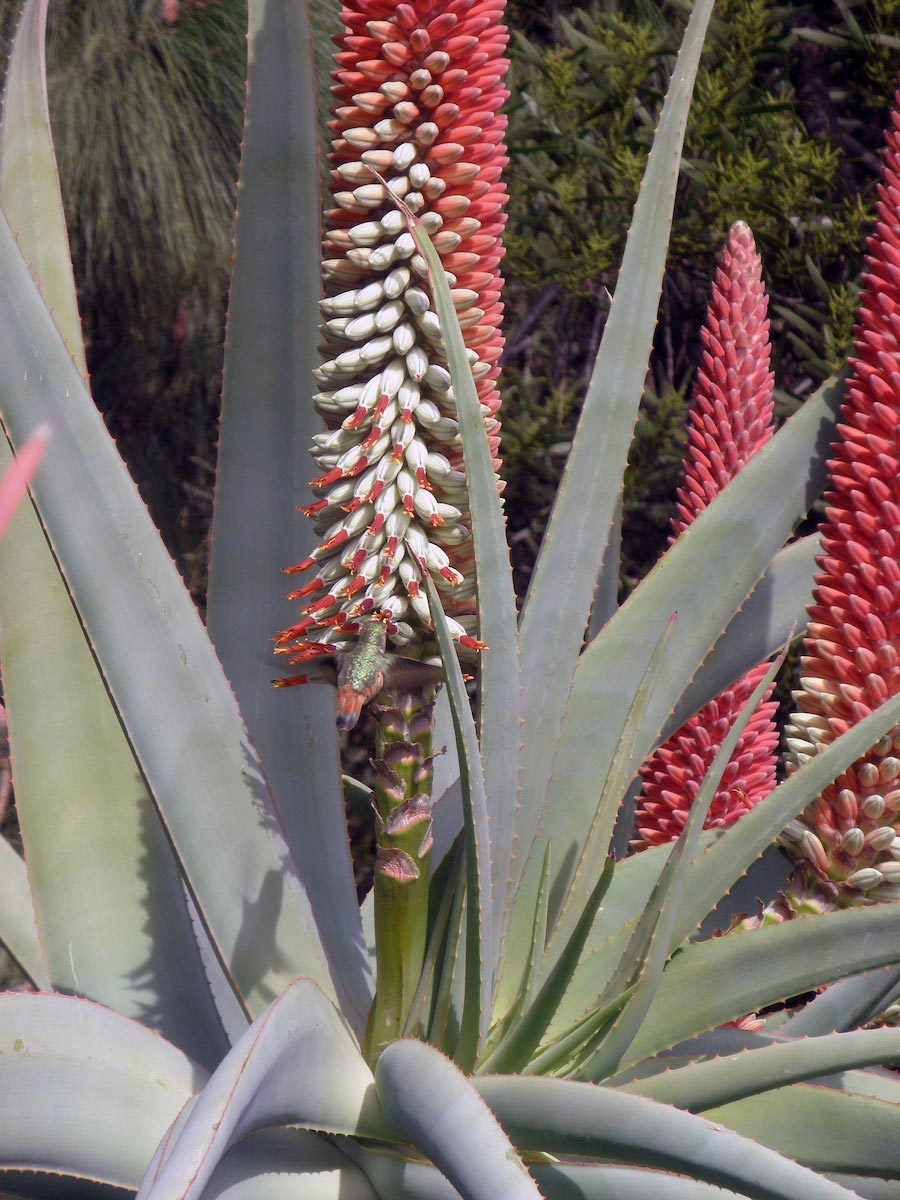
Sage (genus Salvia)*
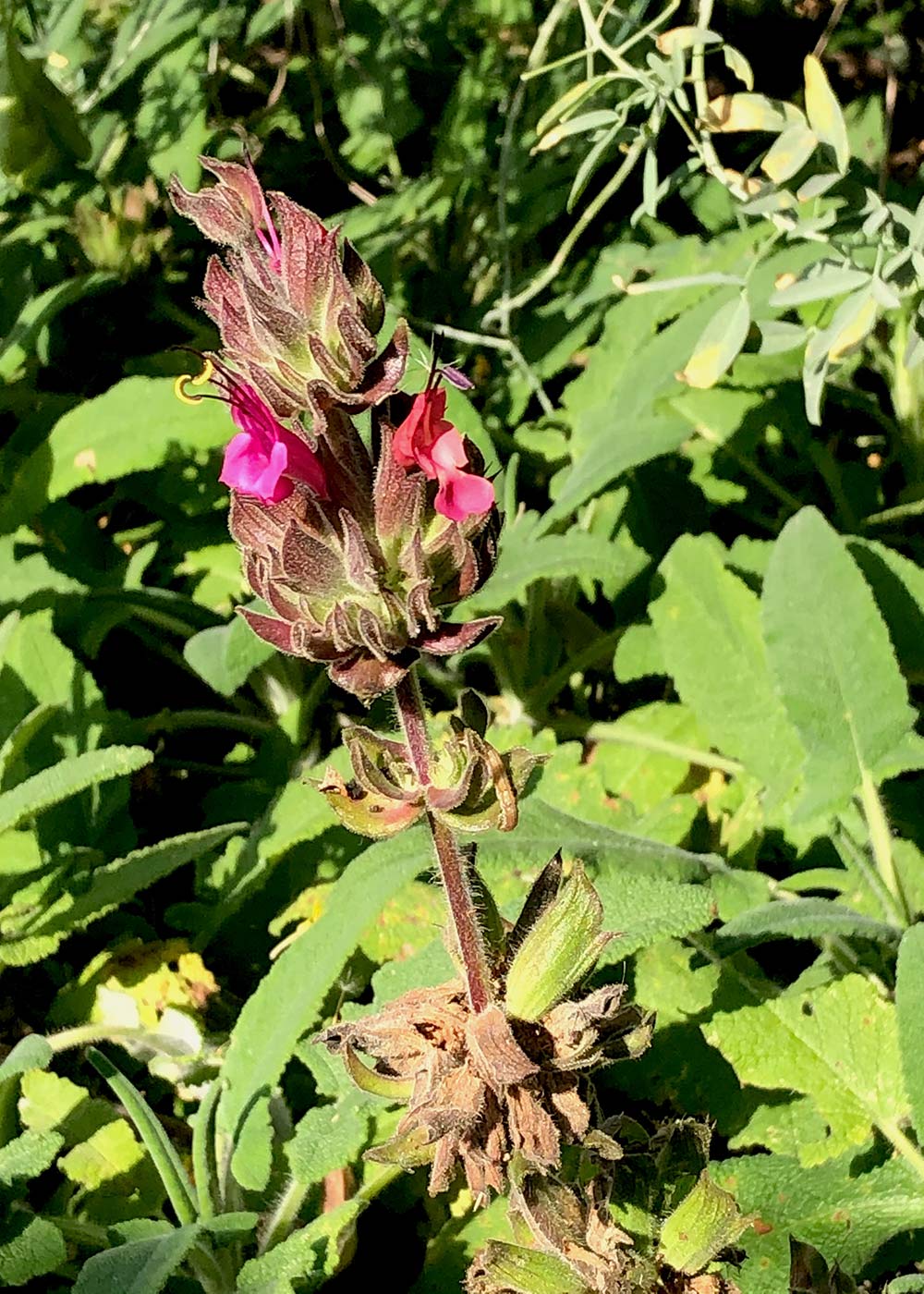
Bladderpod (Peritoma arborea)*
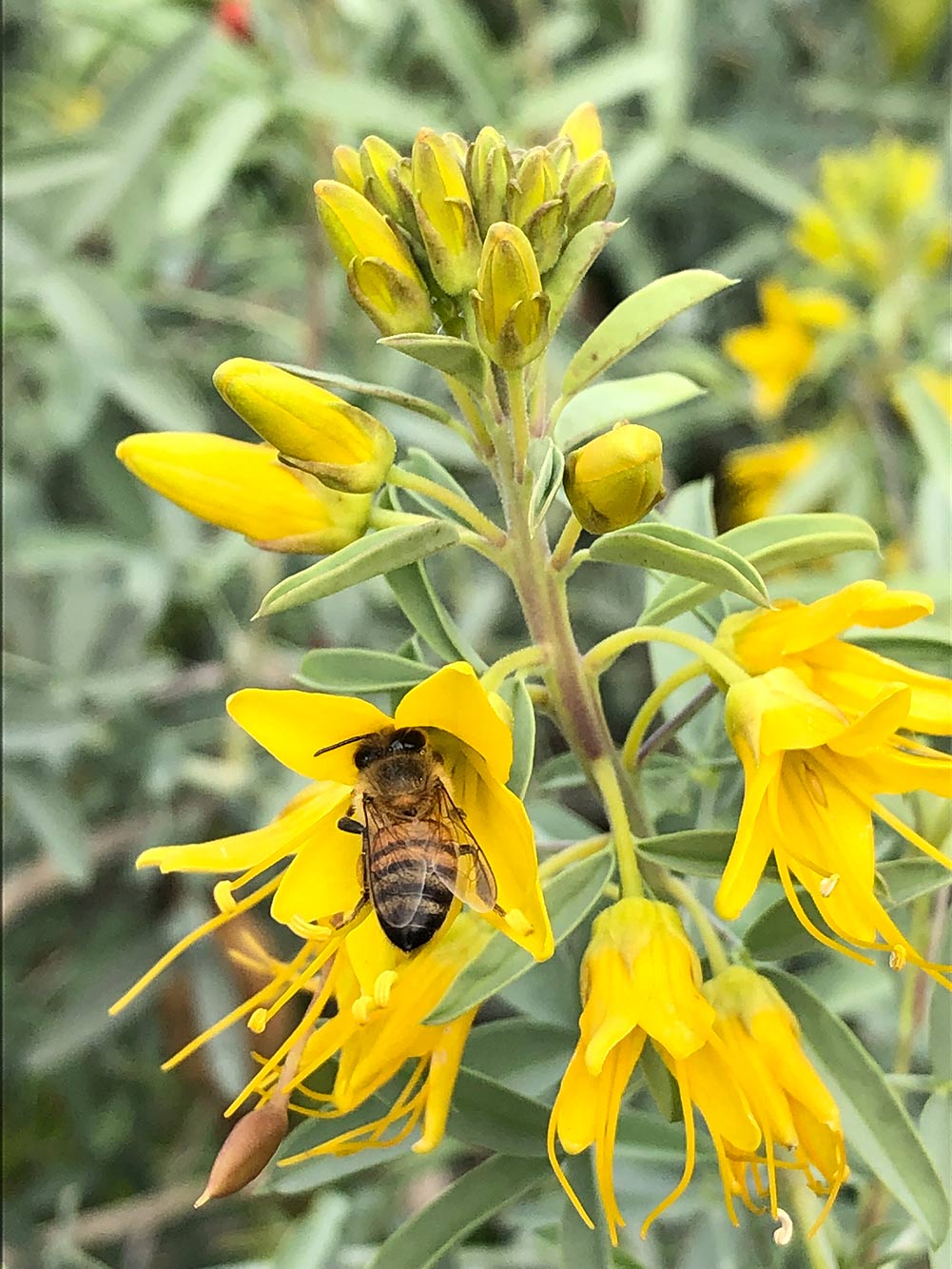
Red yucca (Hesperaloe parvifolia)
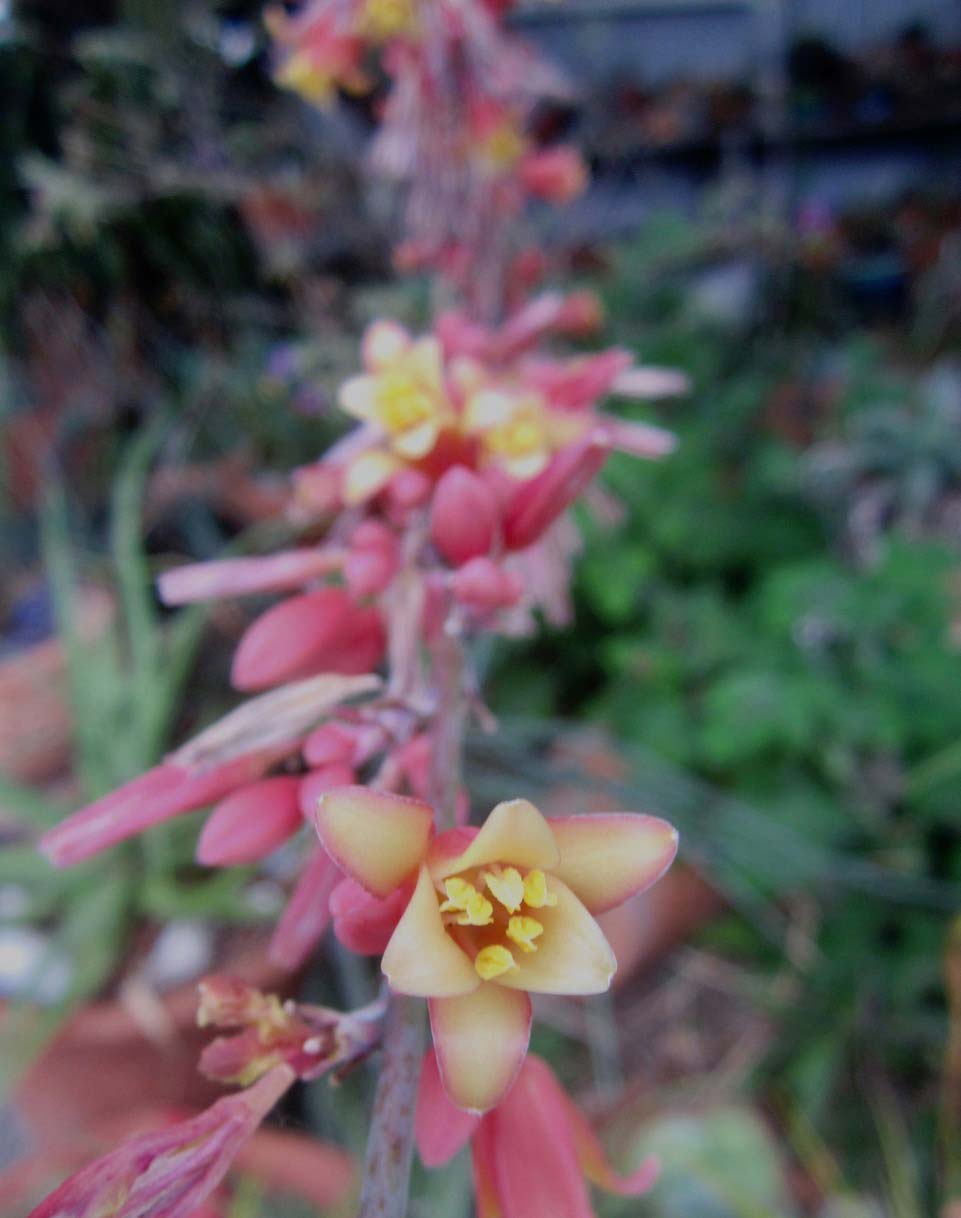
Grevillea
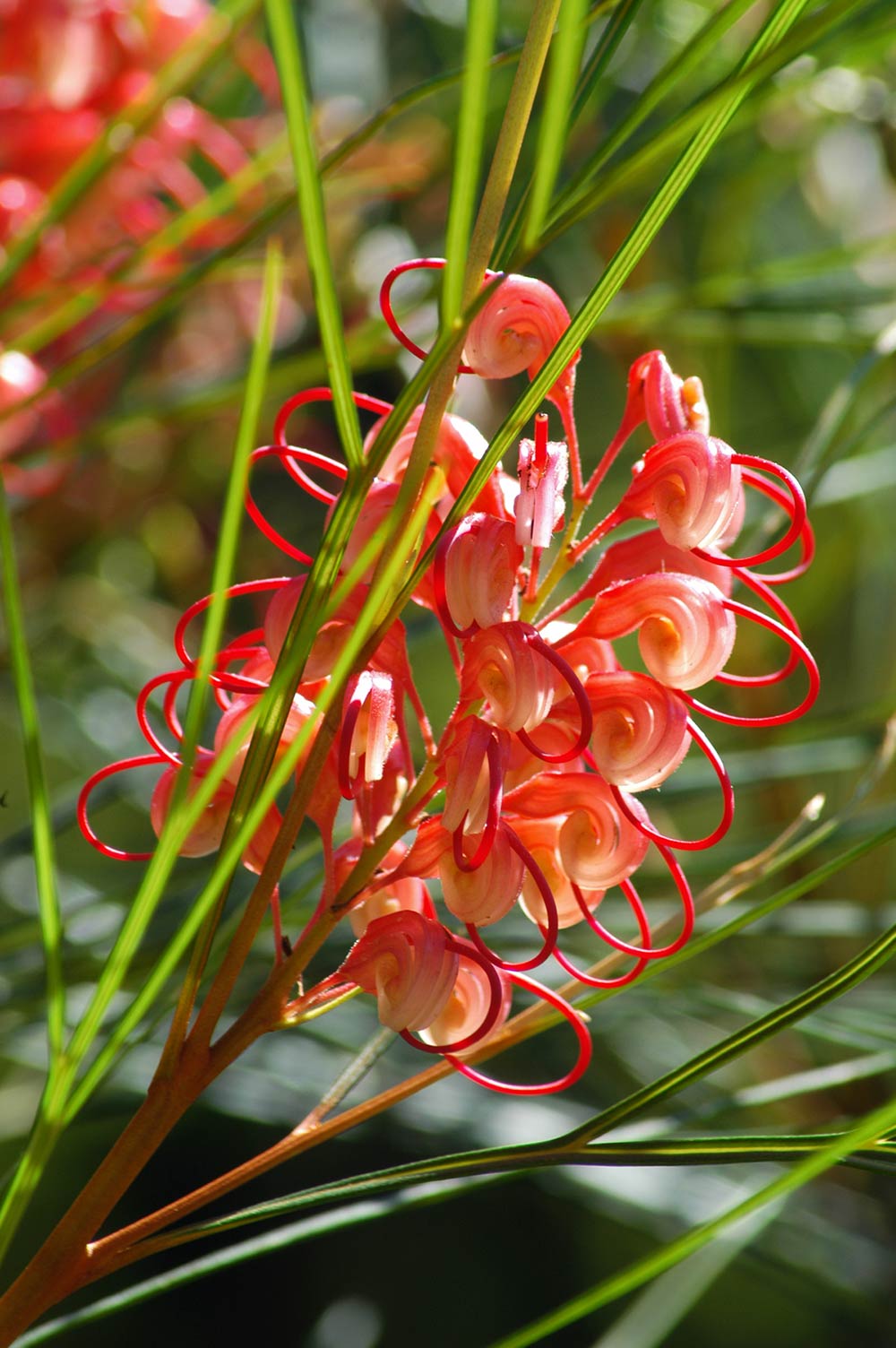
If you have room for a tree or large shrub, these are guaranteed bird magnets:
* California native plants or genera with many species native to California.
bottlebrush tree (genus Callistemon)
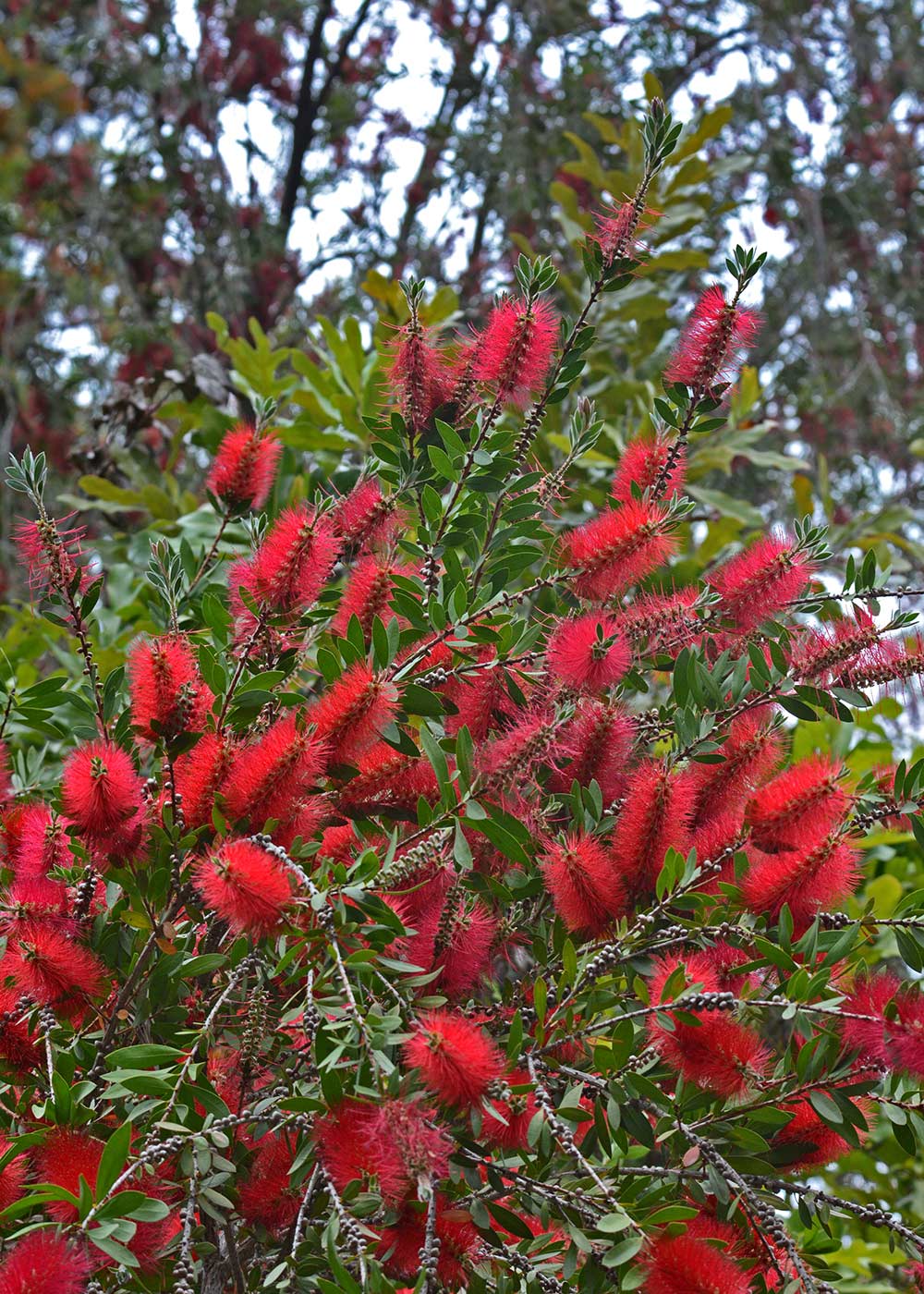
Blue elderberry (Sambucus mexicana)*

toyon (Heteromeles arbutifolia)*
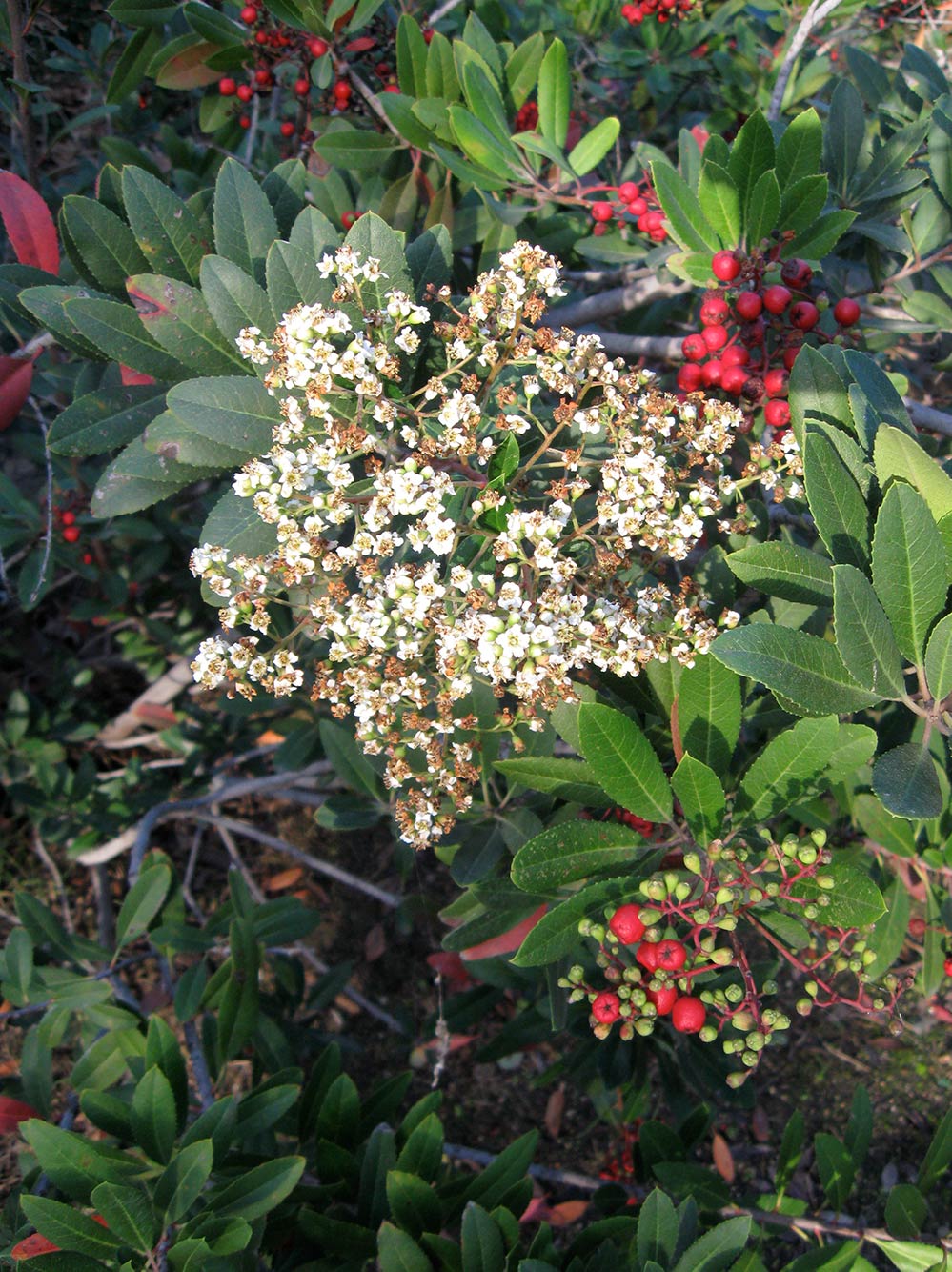
These smaller perennial and annual flowers provide food sources for pollinators and then produce seeds as a food source for birds:
California sunflower (Helianthus californicus)*
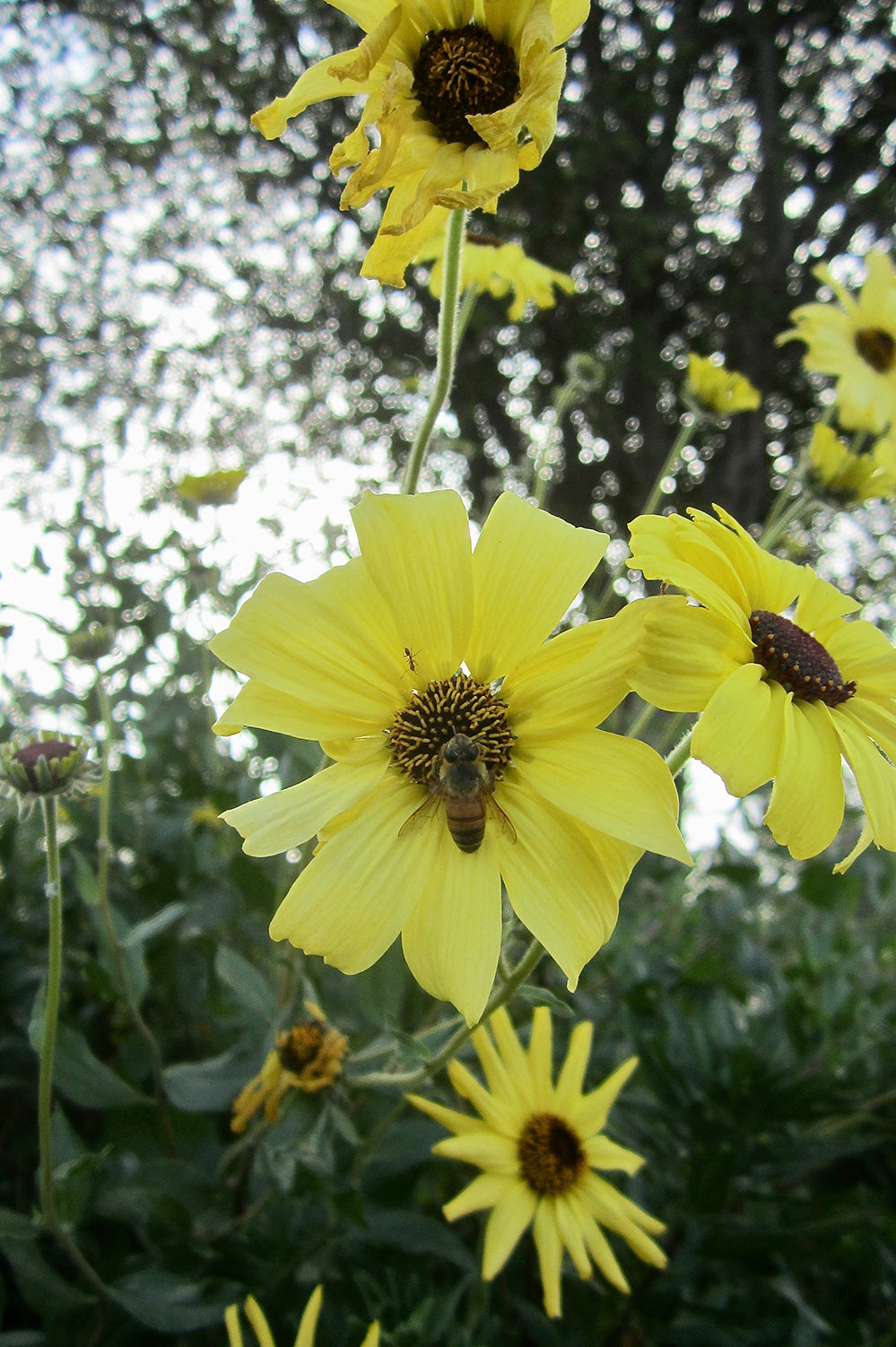
blanketflower (genus Gaillardia)
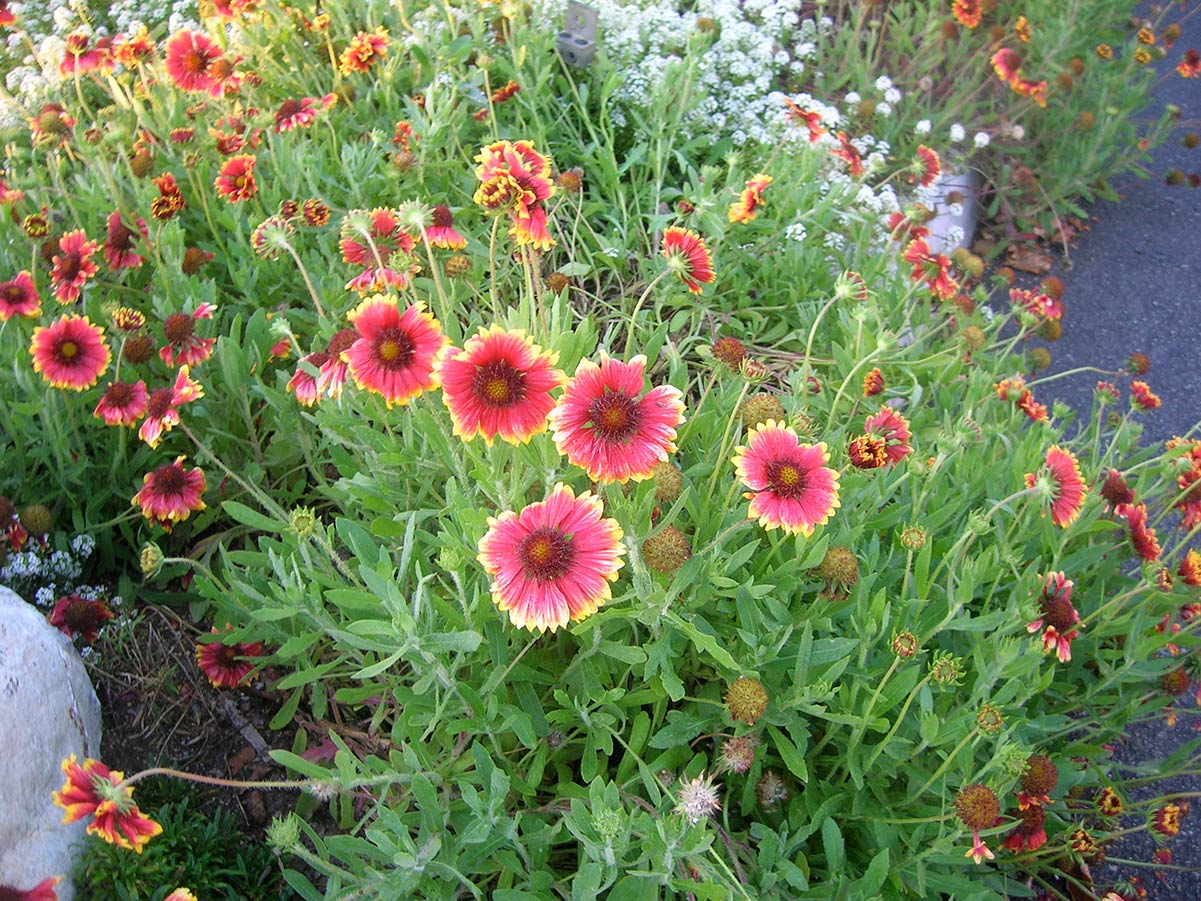
California buckwheat (Eriogonum fasciculatum)*
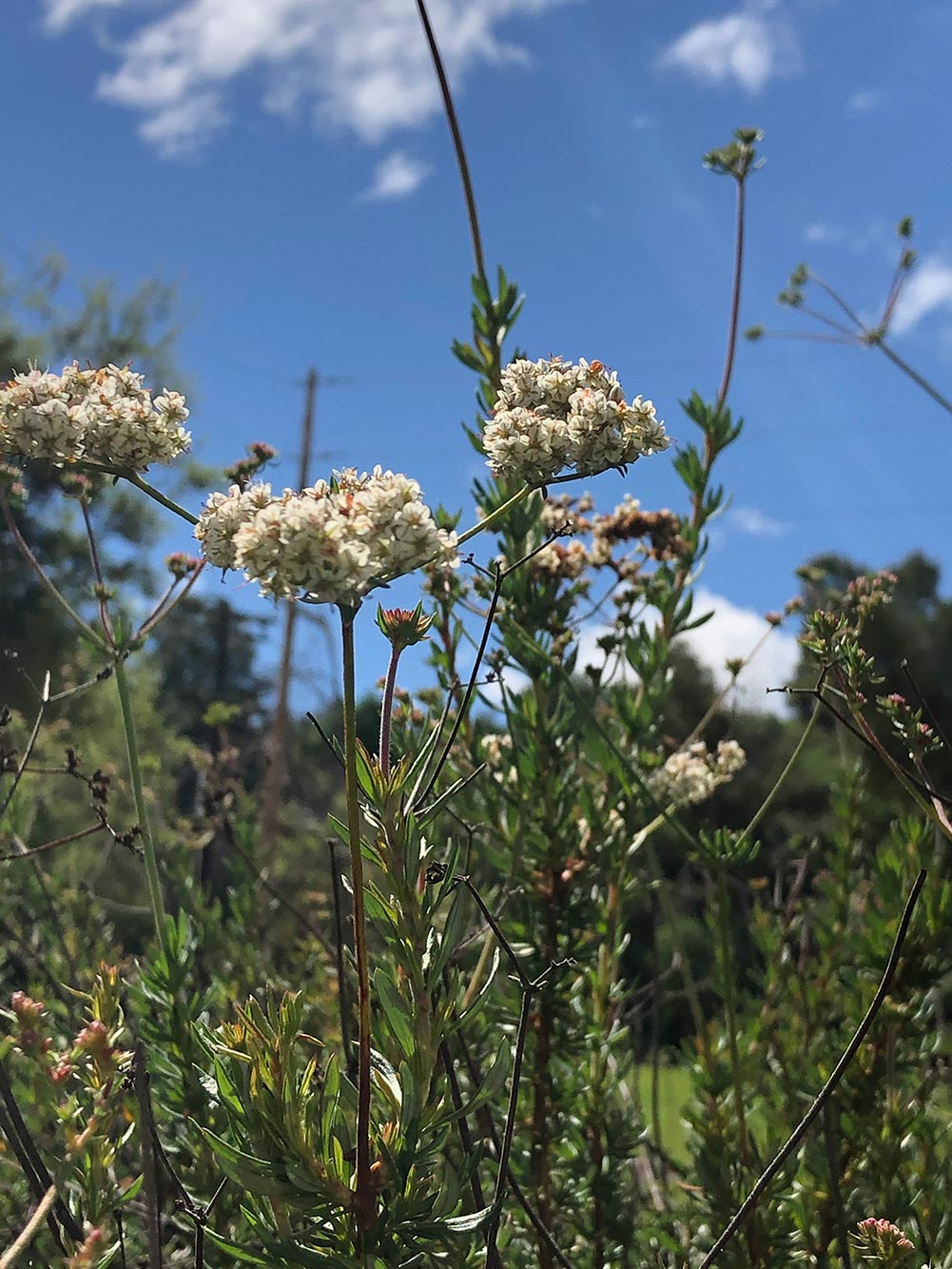
Even if you don’t have a yard, you can grow bird-friendly plants in pots on balconies or windowsills. Aloes come in a wide range of sizes and many are easy to grow in pots. Their close relatives, the Gasterias also produce orange flowers that are attractive to hummingbirds. California fuchsia (which actually belongs to the primrose family) and columbine will also grow in pots.
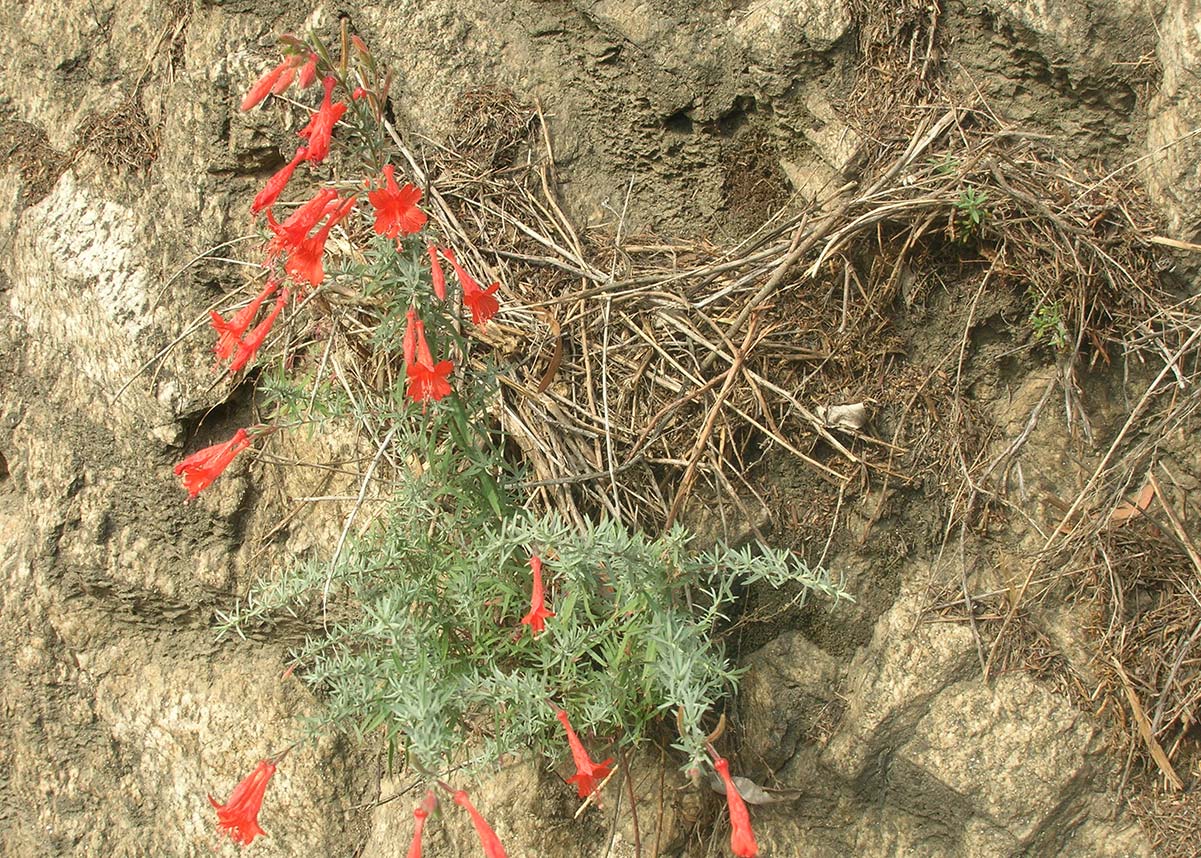
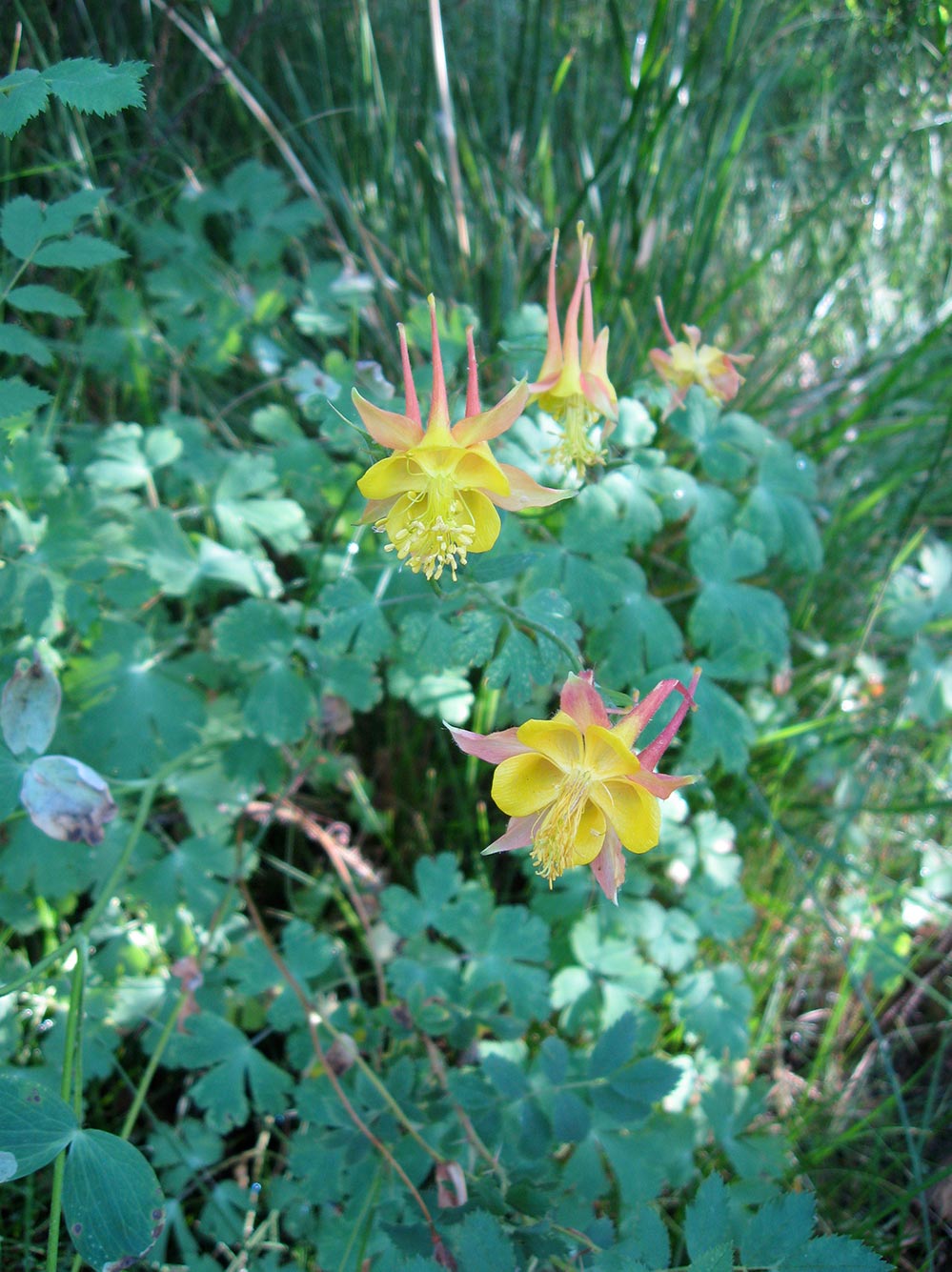
Avoiding pesticides is also important for helping birds because most of them eat insects—even birds that you might not think do so, such as hummingbirds. According to Audubon, a single clutch of Carolina chickadee chicks may consume more than 9,000 caterpillars in the weeks between hatching and fledging. Many birds, including hummingbirds and bushtits, gather spiderwebbing to use in constructing nests. So, tolerating the bugs and other invertebrates in your yard is a boon to birds.
If you have a yard, try leaving some small piles of plant debris in out-of-the-way spots. Insects will be drawn to them and start breaking down the plant matter, and these will in turn offer a banquet for birds.
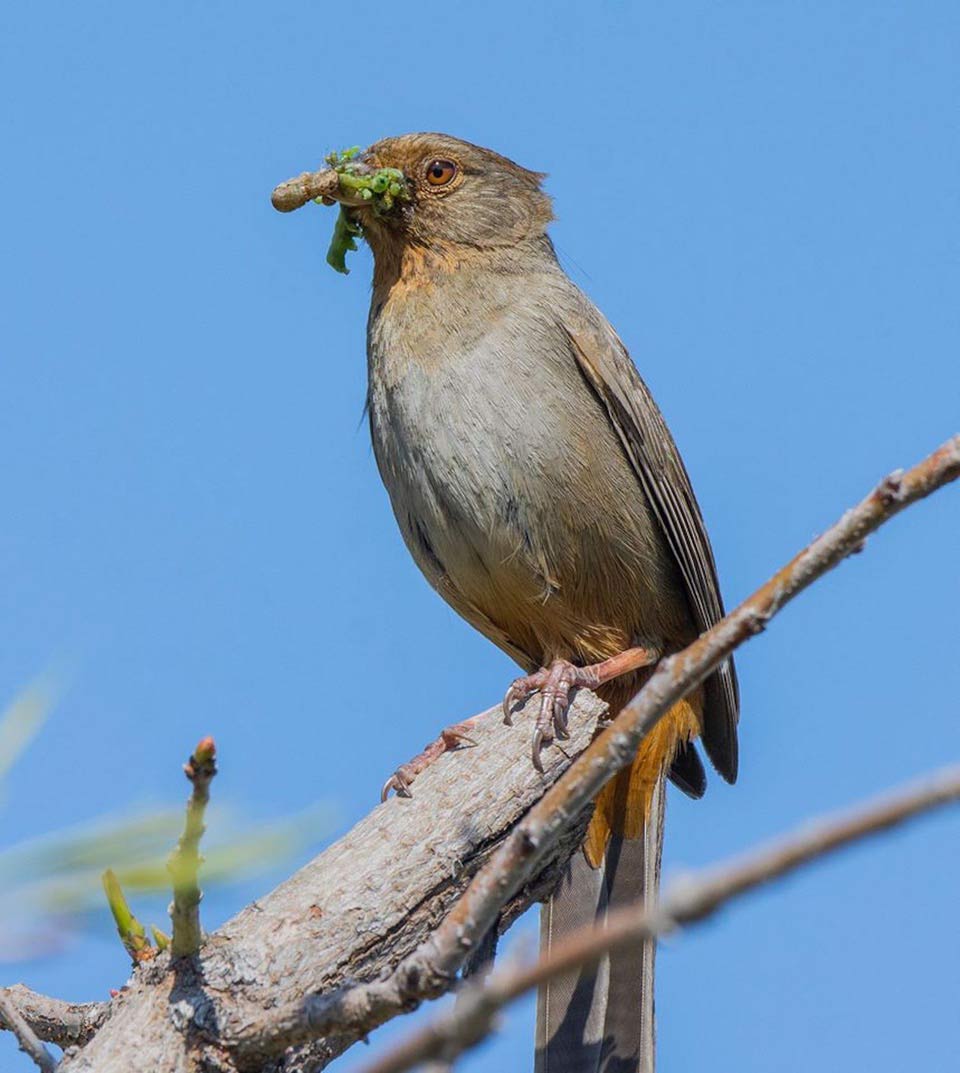
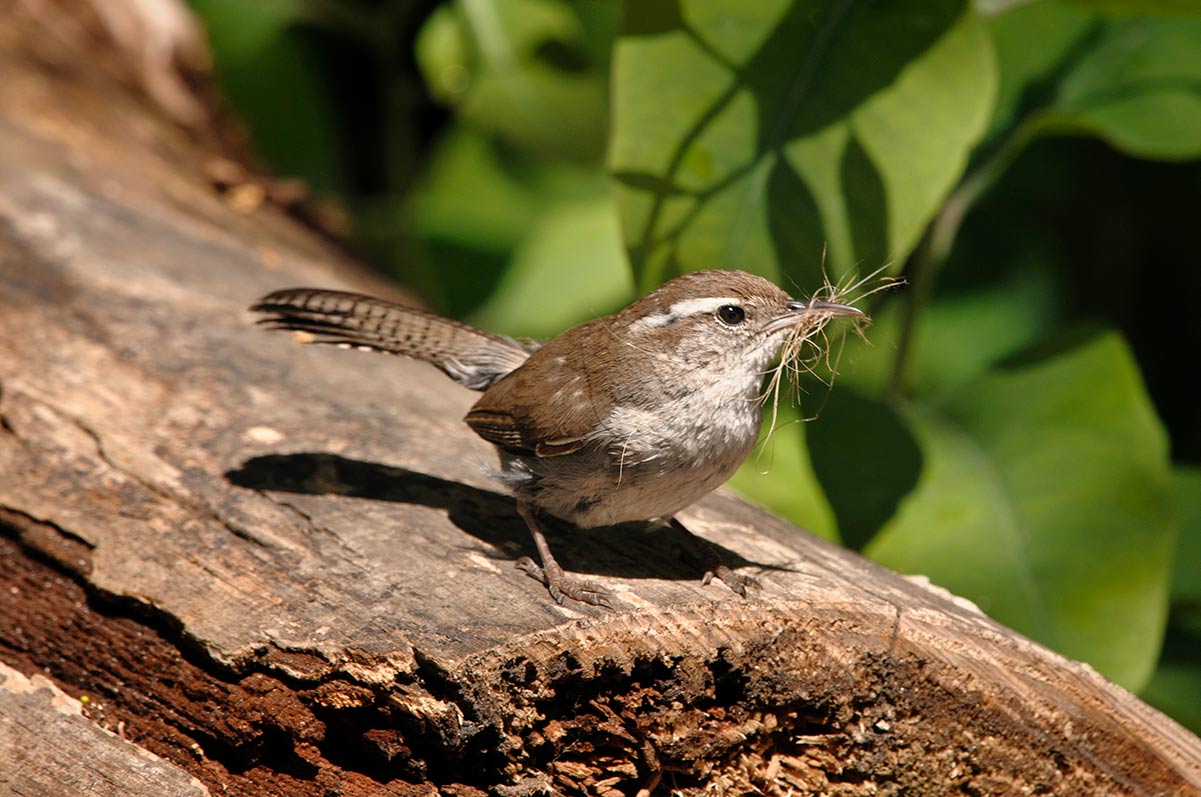
Another advantage to offering birds plants instead of feeders is that many of the same plants that serve as good food sources will also provide wild birds with places to hide from predators, shelter during stormy weather, and materials to build nests! Stems, leaves, and twigs, as well as seeds that are enveloped in fluff such as kapok and thistle are welcome nesting materials. You can also offer next boxes, which are available from many sources. It’s advisable to shop from reliable vendors who understand the needs of different bird species. It’s important that the boxes not be made with any wood treatments that might be toxic to birds.
SOURCES
https://www.audubon.org/news/an-ode-natures-hotdogs-moth-caterpillars
https://www.laspilitas.com/garden/Native-plants-in-containers.html
https://thegottliebnativegarden.com/

